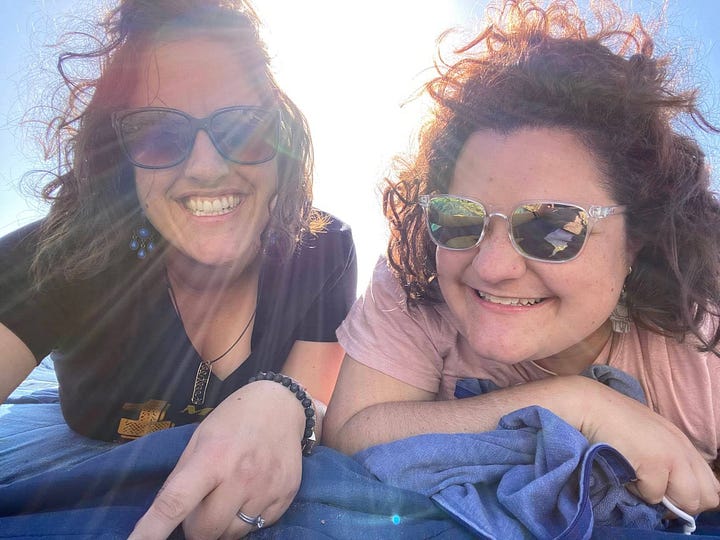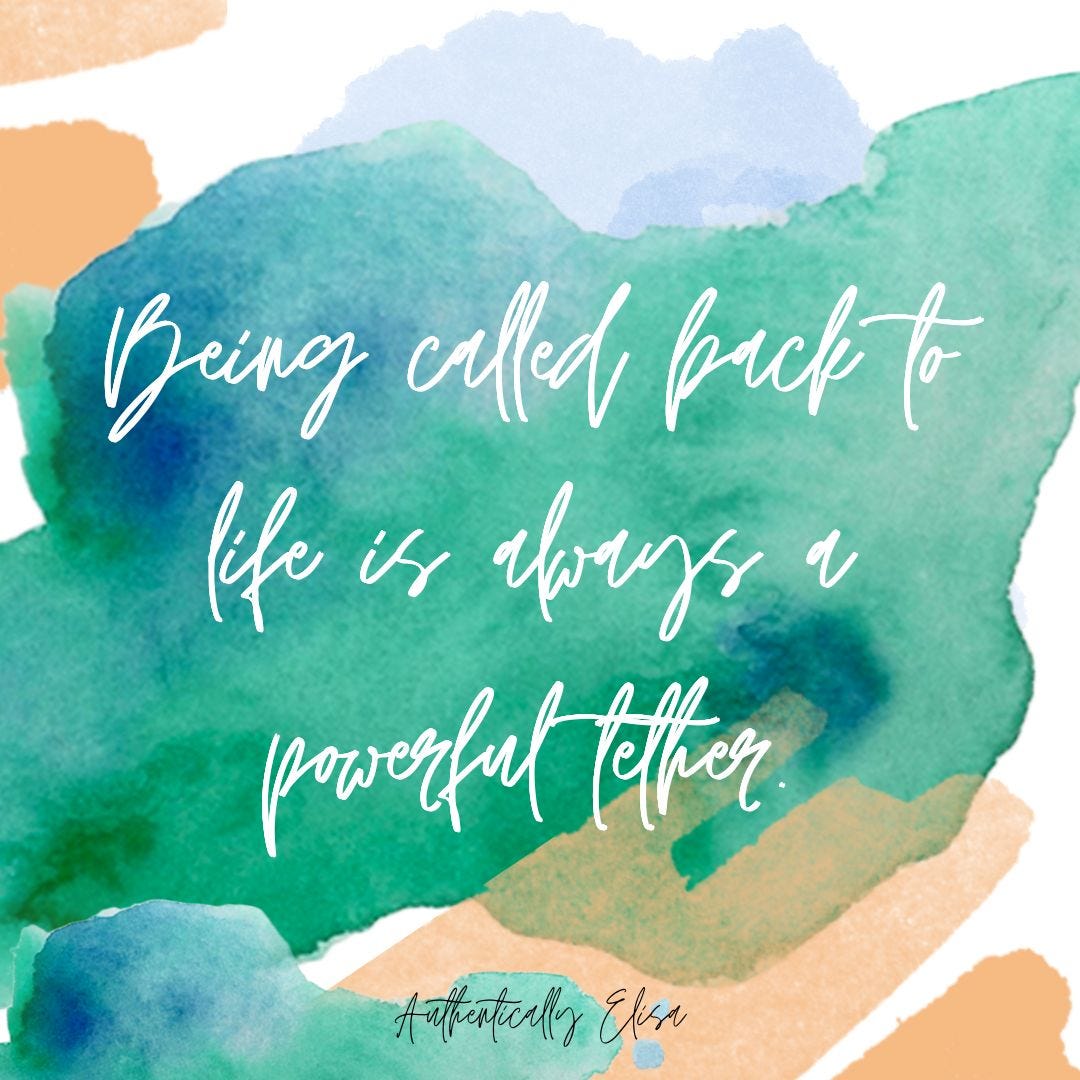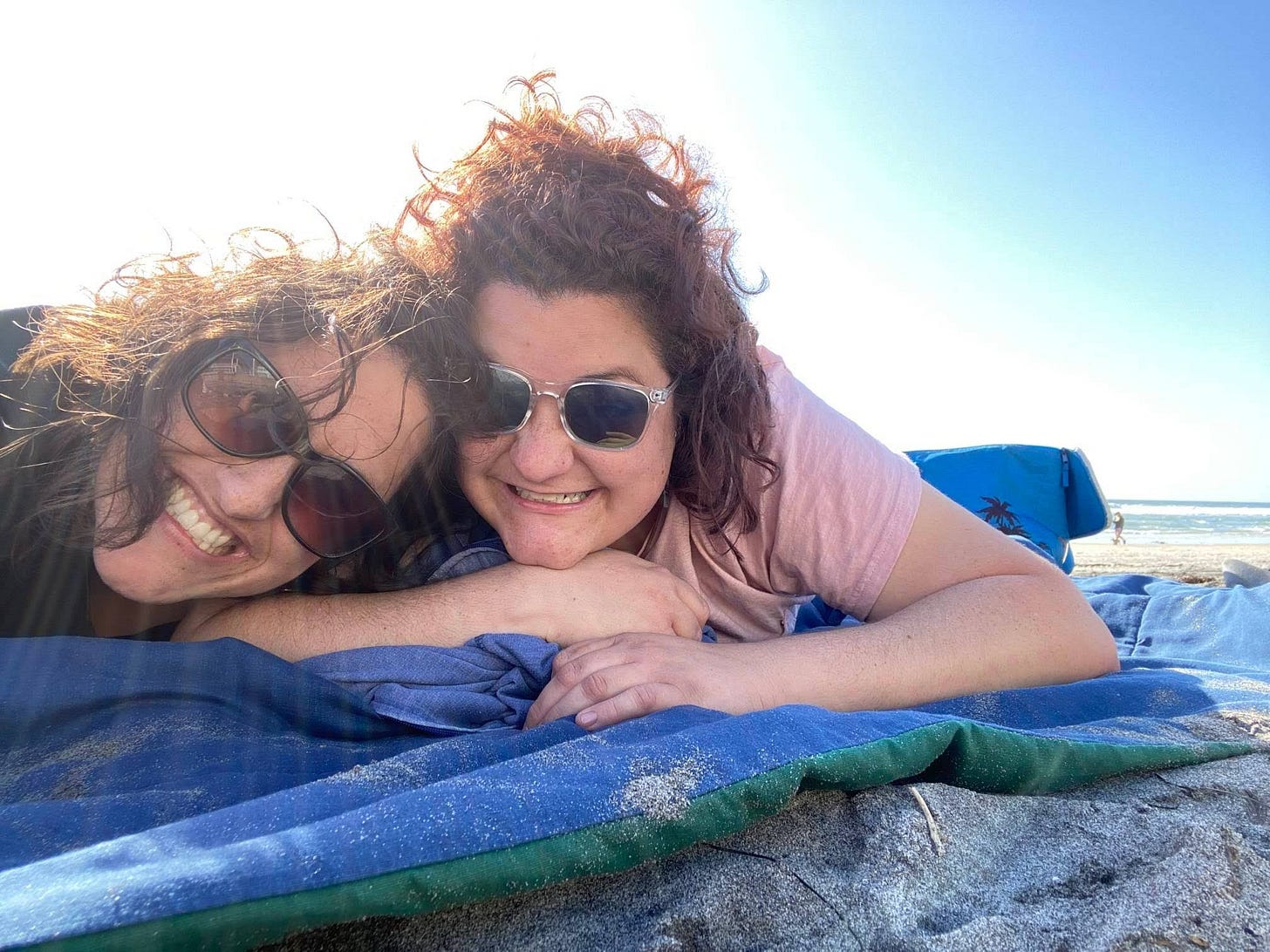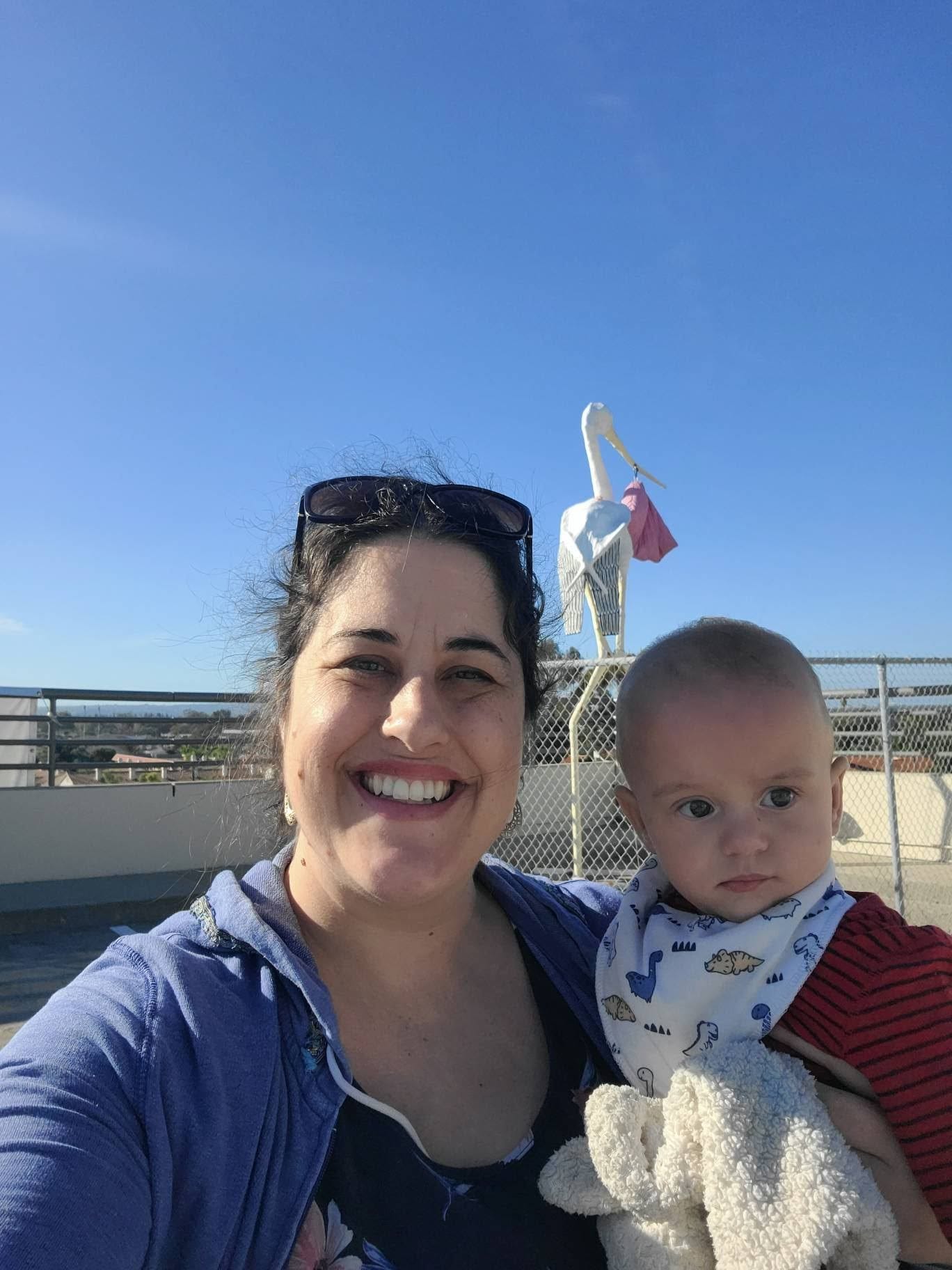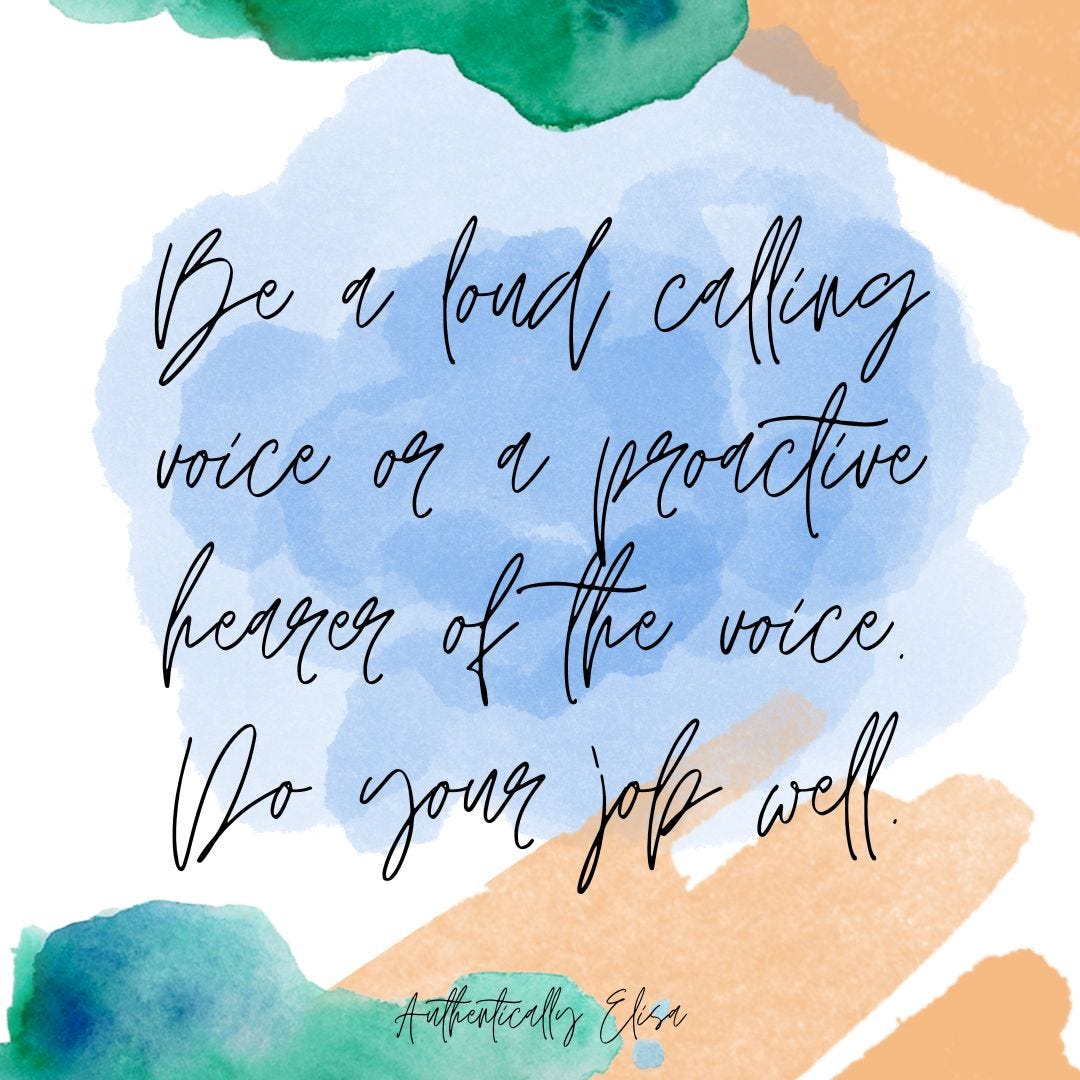Nightshade
Her father sent her away from the barn earlier that day. He was busy helping Daisy, the cow, give birth. The winter was over and all the animals were bearing their young. Just the month before, Mary had helped him birth two lambs from a very loud and large ewe. The littlest lamb was undesired by her mother, a runt. But Mary had pitted the sweet thing and had taken to feeding her and carrying her along as she explored.
This day, Mary and her wee lamb were adventuring along the rushing, sparkling river. It wasn't this wide unless it had rained for days, flooding its banks. The river would then swell and groan, as she herself gave birth to many small streams that trickled into lakes far down the mountain.
Yet today was not one of those overflowing days. The sun shone as Mary danced along the rocks, curious to see what the last swell left uncovered. Mary added a new find—a wilted nest—to her satchel. So far, she had found an old fork, an empty cocoon, three baby clam shells, and a rust-colored stone that was slick and vaguely shaped as a heart.
On the edge of the water, Mary noticed delicate flowers, shaped as striking lavender stars, with dark globes hanging underneath. They reminded her of the ballet she attended with her grandmother in the city. The ballerina's short gown was a wistful purple, layered in angles around her hips. There were planets and stars painted above. Smiling at the memory, she picked a few buds and laid them in her basket to press at home. Then she carefully plucked the ripest looking berries. She threw one in her mouth, savoring its sweetness, and tucked the rest into the nest at the bottom of her satchel to snack on as she went.
Glancing around, Mary noticed her lamb was deep in the bushes. The creature began baying for help, her mouth was noticeably stained blue. She must have been grazing when her hoof was caught in the bramble...
"Mom, aren't you coming?"
Winifred's pen stopped scratching the paper. She looked up from her trance to see her son calling to her. Stretching as she stood, Winifred’s arms reached over her head. She could touch the blooms on thin branches as they swayed in a cocoon around her. A light breeze sent a wisp of hair to tickle her noise. She breathed deep the scent of Spring.
Winifred came to life. She followed the sound of laughing children and moved towards the playground where her son’s voice had disappeared.
The end of her pen was wet from where it had lingered in Winifred mouth. It lay atop her purple notebook where Winifred placed it. Together the pen and the pad would slumber, resting in peace, on the bench tucked in at the edge of the park. The rough seat was meant to be an overlook off the cliff, to the river below. It had been dedicated long ago to a name that had been lost to time. Back near the gap in the protective fence, the tranquil space was nearly hidden, overgrown by nightshade bushes with their blue-black berries.
Hello, Stork
Last fall, on October 29th, I went to the place it all began: Mary Birch Hospital. My doctor didn't even practice there, but I was sent in an emergency to meet a specialist. From that evening on, Dr. Ahn became my primary and she did a pretty dang good job of keeping both Kai and I alive, all things considered.
All I knew about Mary Birch before this was that it existed. Its giant stork is a local landmark on highway 163. A bag, presumably holding a baby, hangs from the stork's long beak as it guards Mary Birch's parking garage. It used to be my signal that I was about half way to Balboa Park. Then that facility with the stork became my lifeline for a half a year. Then it became a huge trauma trigger.
I regularly had PTSD flashbacks that included the stork. Mostly because my brain would jump and fizzle if my thoughts went deeper into the hospital; the stork was as far as it was safe for my mind to venture. Although it had been watching my movements below, I had never driven up to the top of the garage or read its placard. I wanted to visit it, but it was too much. But finally, on the anniversary of my first admittance into Mary Birch, I introduced myself to the stork up close for the first time. I had been preparing, arriving there was an afternoon of both grief and pride.
Did you know that the stroke was actually a gift to Mary Birch? It was originally on a parade float. It is gated in, too, I assume so vandals don't deface it or knock it down.
What they really need, though, isn't a fence around the stork, but a protective fence around the top of the parking garage.
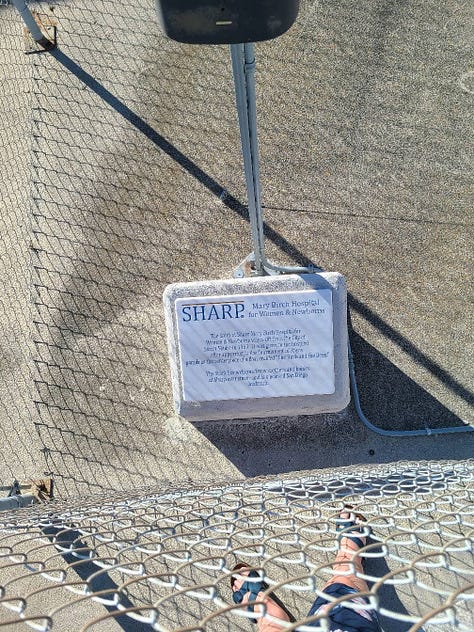
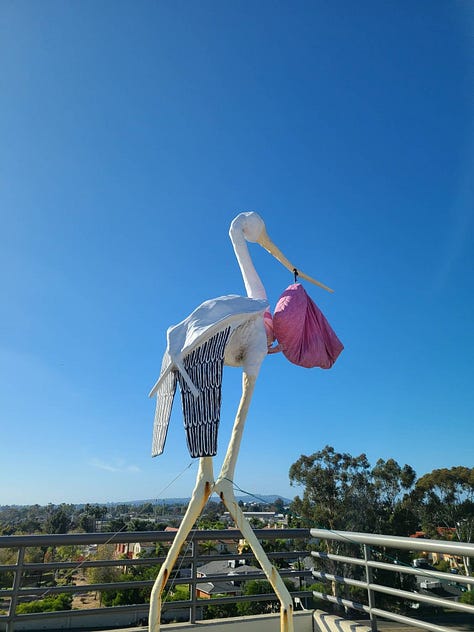
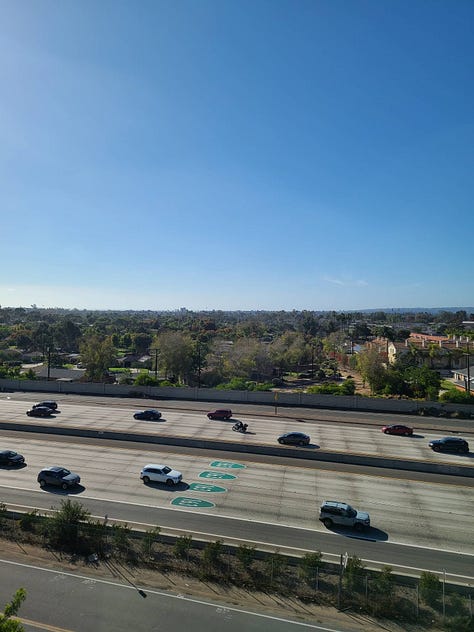
You Can’t Keep Someone Alive
If you've followed me on Average Advocate or know me in person, you undoubtedly are aware I take a pretty heavy stance against suicide. Although Meg isn't the only reason, a huge part of why I hate suicide is because of my experience living with our adopted family member for nearly four years. Meg has battled long with suicidal ideation.
Being a caregiver and then sister-like-friend to someone who struggled with suicidal thoughts was very difficult for me. Loving someone who you can't keep alive is heavy work, it requires too much surrender.
There were long days of not knowing if she would live, waiting and praying.
There were long days of advocating with professionals in and out of hospitals and crisis homes.
There were also the brutally honest days. Ones where I'd beg her to remember I'd be the one who'd find her. Or that I would be the one who would have to go to the morgue to identify her body. I'd then ask her how many years she thought my children would be in therapy for if she died while living with us.
But I knew that even I couldn't tether her to this life. I could only call her words of life.
I believe God promised me at the beginning that he would be enough for the "too much" that would follow. The "too much’s" did follow and he was always enough. But the story that unfolded wasn’t the one that I expected. That one was much quicker, happier, idealistic and had a lot to do with my savior-like mindset, where I saw suicide as a project to be eradicated. I might have become a fierce advocate against suicide. But truthfully, I was utterly humbled by this life season.
Rooftops
That was probably why I was caught off guard, when standing up there with the Mary Birch Stork. I found myself thinking, I could just jump off of this. It's too easy.
Actually, it started with a building feeling of panic, a backing away from the edge, and an angry retort to the wind, "How could they leave this space so unattended and the walls so minimal? We could just jump off this!”
My thoughts flashed to the mama who was in that hospital who just lost her baby, for God's sake! She didn't even have to leave the hospital to leave! Or the mama who was so deep in her postpartum depression, hopeless, unfeeling and overwhelmed by staying alive. Or the one who didn't want a baby, but there she was, on the roof. She would be numb as her three-day-old screamed in the car while she bleakly stared at the highway speeding by, 200 yards away. Or the mama with the traumatic birth. And then I thought of me, the mama with the traumatic pregnancy and birth, those long drawn out months of emergencies, pain, sickness, unknowns, sense of everything wrong, the losses, the fear and the panic. I was the one who would want to jump.
And I was scared. I was scared that I, someone who hates suicide, could see how easy, seemingly logical, and freeing it would be to just disappear. I don't believe for a moment I would have jumped or that I was even suicidal. But I had gone through a transition.
I had gone from being the person who is against suicide, trying to understand by looking from the outside in. The glare on the window would make it hard to see, so I'd press my face against it, trying to look around inside. I hated suicide because I knew it weighed on and hurt those I loved. But I mostly hated it because of how it would hurt and wrong me.
On the roof, something shifted. I was inside this metaphorical room for the first time. It was cozy and comfortable, a little fireplace, a few mismatched candles, like Tumnus the Faun’s home, in Narnia. It was where you could fall asleep after a warm cup of tea, lulled by the melodies of a flute, and never wake up. If there was someone tapping on the outside of the windows, I could easily ignore them. This space belonged to all the mamas out there who had all the reasons anyone would ever need to take their life. No, I wasn't going to. But I was right there, on the roof, scared for us anyway.
It was my room now.
Pronouns (but probably not in the way you’re thinking)
Talking about it later with my therapist gave me words for this transition. It reminds me of grammar class: they/them > we/us > I/me. Suicide was something someone else would struggle with, they would, or she would. Then it became something relevant to a group of people like myself, women like us. I don’t want it to ever get further than that, to feel like a real option to me. It is something I don’t want to struggle with.
Of course, that last line, although my honest feelings, implies there is a choice. I didn’t have much of a choice in going through all the trauma I went through surrounding my pregnancy and Kai’s birth. And it affected me so much that I moved from the they category to the us category. In the past few days I’ve talked with three people who are or have struggled with suicidal ideation. None of them wanted to go through the experiences they went through that affected them and carried them to the I/me category either.
Over the years, I have learned something. Being called back to life is always a powerful tether when one is ruminating about death on the edge of a cliff, on a rough bench, or standing on an unprotected roof. A voice calling can break through when window tapping doesn’t shake the trance. Whether you are a they/them, we/us, or I/me—you have a role to play. Be a loud calling voice or a proactive hearer of the voice. Whichever it is, do your job well.
Read House of Life, Washing Hands, or the Mini Series for more of the story.
Out of the Darkness Walk
My adopted, Meg Carswell, is walking 16 miles through the night into the day to make a statement and raise $ for American Foundation for Suicide Prevention. I did the local walk with her years ago, but she is doing the big national one in D.C. this year. This is a highly rated charity that teaches everyday people like me about suicide, offers training, support groups for those who've lost someone, and tools to help those who are struggling with suicidal thoughts.
I firmly believe at some point, each of us will either be close to someone struggling with suicidal ideation or we will struggle with it ourselves. We all need equipping. AFSP has played a huge part for me over the last five years and I am grateful! Consider donating to them for her walk, here.
Lastly, if you are suicidal or know someone is, here is a resource I created for you on Average Advocate.
